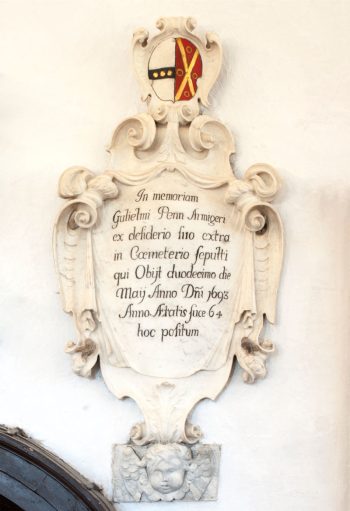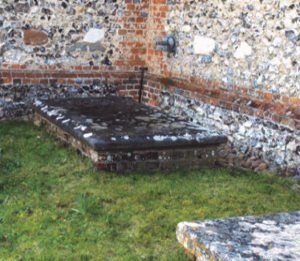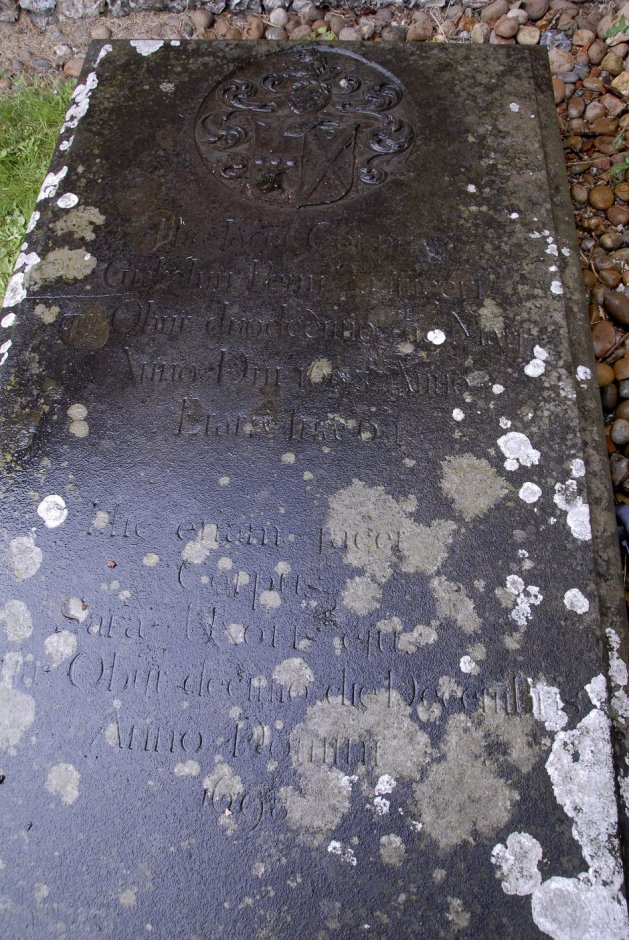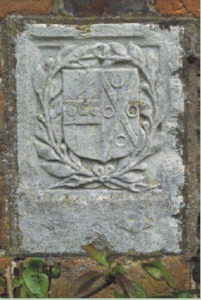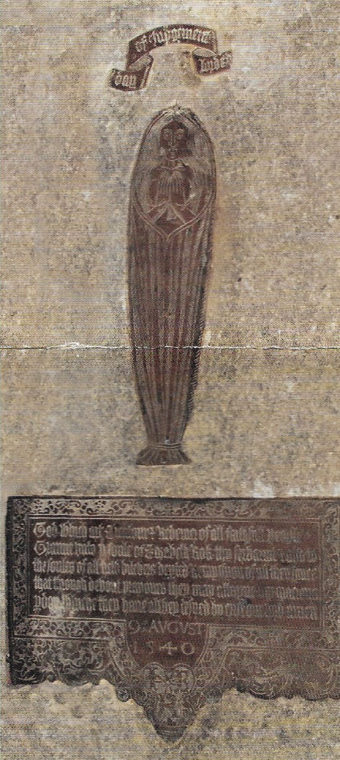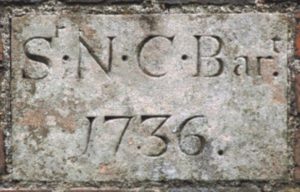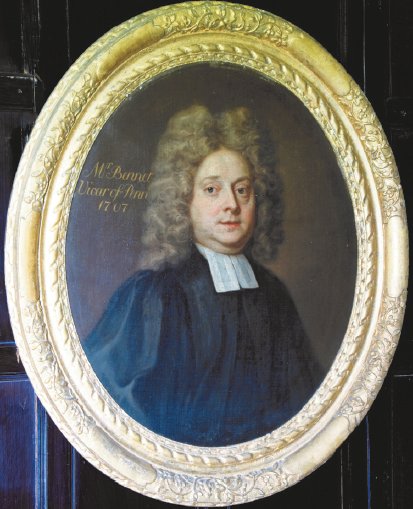William Penne was the grandson of David & Sybil Penne whose pearls, a gift from Henry VIII, featured in the previous article. William grew up in Elizabeth’s reign and would have been 21 at the time of the Spanish Armada. We saw in a previous article (No 5) that his father, John, was only a year younger than the Queen and had probably played with her as a child. Despite Catholic sympathies, he had been appointed her Escheator for the county and profited considerably from it.
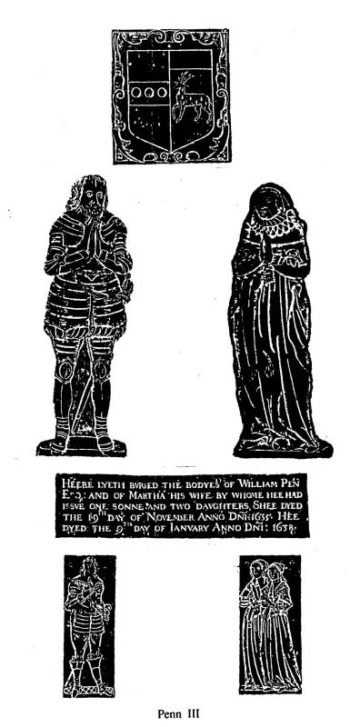 Both John and his wife were listed as absentees from the church in 1584 at a time of compulsory church attendance even though he was patron of the living and lay rector. His wife seems to have been a more fervent believer and was called to account again the next year. She and a Thomas Penn – one of John’s younger brothers was called Thomas, who was warned in his father’s will to reform his lewd manners – are amongst those on a list drawn up by the Sheriff of Bucks who agreed to pay an annual fine towards the cost of providing horses for the Queen’s service in Penn in return for exemption from penalties. At about this time a Brother Thomas Penn appears in the records of the Jesuits so Thomas may have swung full circle. The struggle with Spain made it a dangerous time for Catholics and the Lord of Segraves Manor in Penn was imprisoned in 1587 for aiding and sheltering priests and two years later another of the county’s gentry was executed for the same offence.
Both John and his wife were listed as absentees from the church in 1584 at a time of compulsory church attendance even though he was patron of the living and lay rector. His wife seems to have been a more fervent believer and was called to account again the next year. She and a Thomas Penn – one of John’s younger brothers was called Thomas, who was warned in his father’s will to reform his lewd manners – are amongst those on a list drawn up by the Sheriff of Bucks who agreed to pay an annual fine towards the cost of providing horses for the Queen’s service in Penn in return for exemption from penalties. At about this time a Brother Thomas Penn appears in the records of the Jesuits so Thomas may have swung full circle. The struggle with Spain made it a dangerous time for Catholics and the Lord of Segraves Manor in Penn was imprisoned in 1587 for aiding and sheltering priests and two years later another of the county’s gentry was executed for the same offence.
William was therefore brought up in a very Catholic household. Before his father died, he was already married to Martha, daughter of Ferdinando Poulton or Bourton, Bucks. She too was a Catholic and was presented by the churchwardens for recusancy on several occasions, in particular in the three years before she died.
William took over a considerably enlarged estate when he inherited in 1596 at the age of 29. He seems to have had an uneasy relationship with his father who directed that a covenant to pay him an annuity should only be executed if William behaved himself. The incomplete inscriptions on his parent’s monument in the church may also suggest some family difficulties.
However, he was presumably well though of in later life because he was appointed Sheriff of the County in 1624. In 1631 his name appears amongst. those who had neglected their services at the musters, possibly as a mark of disapproval of the King’s unconstitutional methods of government. There was no standing regular army. The country’s defence was organised by ‘men of means‘ providing equipment and horses according to their incomes. The vicar of Penn, for instance, jointly with the vicar of Hitcham, had to equip a man armed with a culiver or harquebus to defend against a Spanish invasion. When soldiers were needed they had to be levied from ‘musters of the militia‘ which consisted of (at least in theory) every able-bodied man between 18 and 60.
William and Martha had one son, John, and two daughters, Sibill and Katharine, both of whom were married. The parish register records the girls’ christenings in 1602 and 1608 respectively, but John must have been born elsewhere.
William died in 1639 (although the brass records that he died 9th January, 1638)1, aged 70, a good age for those days. His will included £5
for the poor of Penn, a ‘white nagge‘ to a grandson and a ‘brown nagge’ to a brother. He directed that he should be buried in the day-time in the chancel of Penn church and the handsome brass portraying him, his wife, who died three years before him, and their children, was later moved from the chancel to its present position in the south aisle. It is interestIng that Catholic sympathies remaIned so strong In the Penn famIly for a full century after Henry VIII broke from Rome.
There was no consistency in spelling the family name at that time. It was spelled variously in the register as Penne, Pen and Penn.
Penn Family Tree, 16th to 18th century, (PDF opens in new window)
© Miles Green, Penn Parish Newsletter, No.12, November 2005
Photographs courtesy Eddie Morton ARPS
Penn Pen Penne Penna
From The Nottingham Daily Express Thursday 21st September 1899.
WILLIAM PENN’S COFFIN UNEARTHED
An interesting discovery has just been made at Penn, in Buckinghamshire. A facuky (sic) applied for by the Vicar (Rev B J S Kerby) and churchwardens of the parish for the removal of a dilapidated, high-backed pew in the historic church has been granted, and the pew has just been taken down. The floor upon which it stood was found to be a false one, resting on the original floor, which had perished to such an extent as to be a source of danger. The decayed material having been cleared away, the coffin of William Penn, who was buried here in 1638, was discovered, lying within 4in. of the surface. It was of oak, black with age and perfectly sound. The coffin was carefully covered and sealed, and the floor was relayed and cemented round.
Thanks to Ron Saunders November 2021
Penn Pen Penne Penna

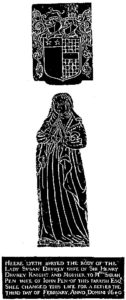
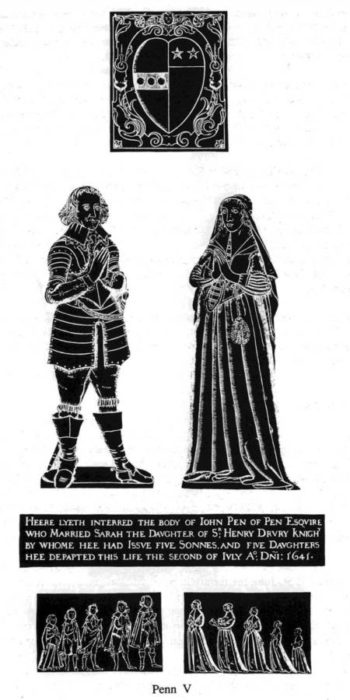
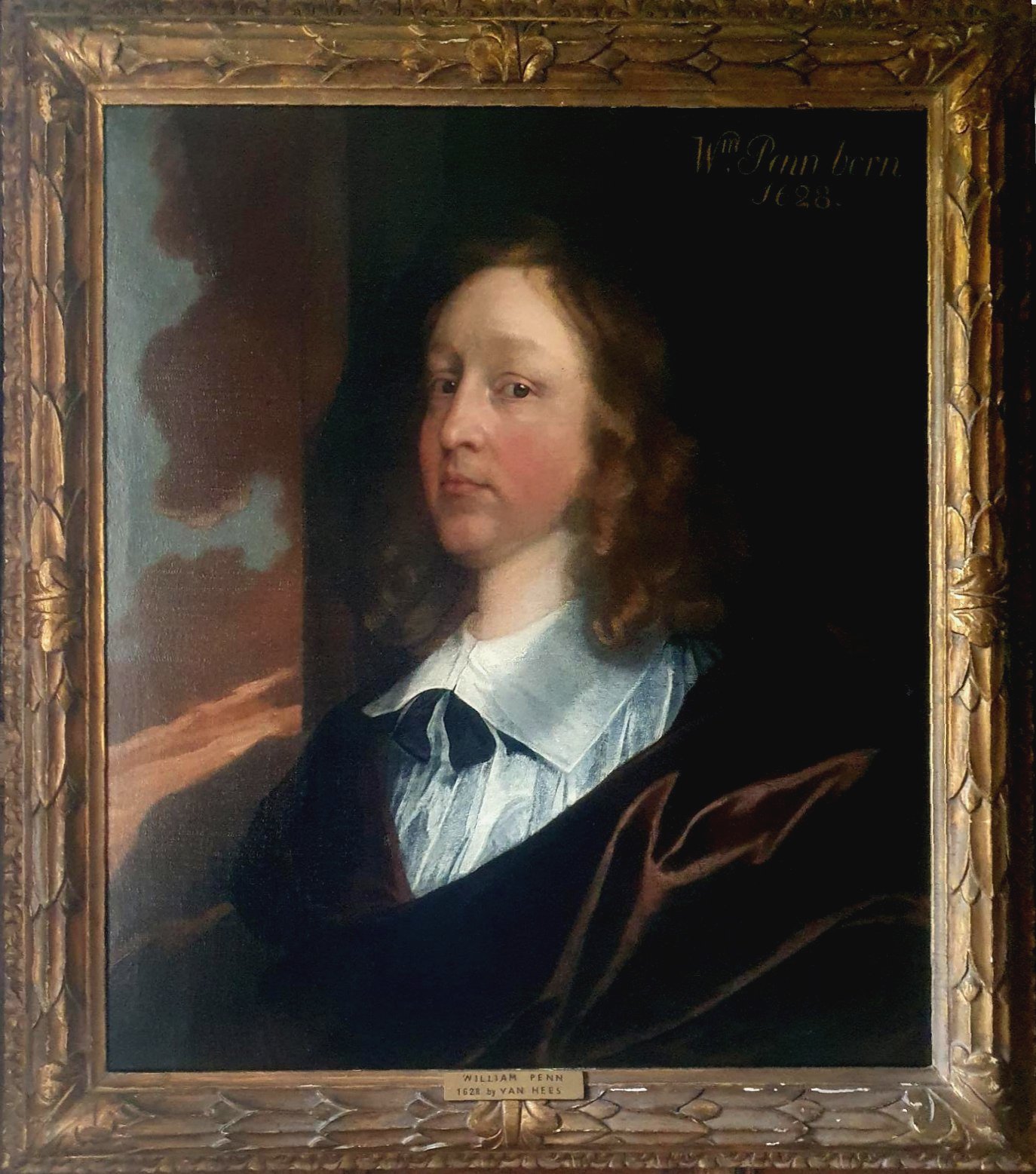
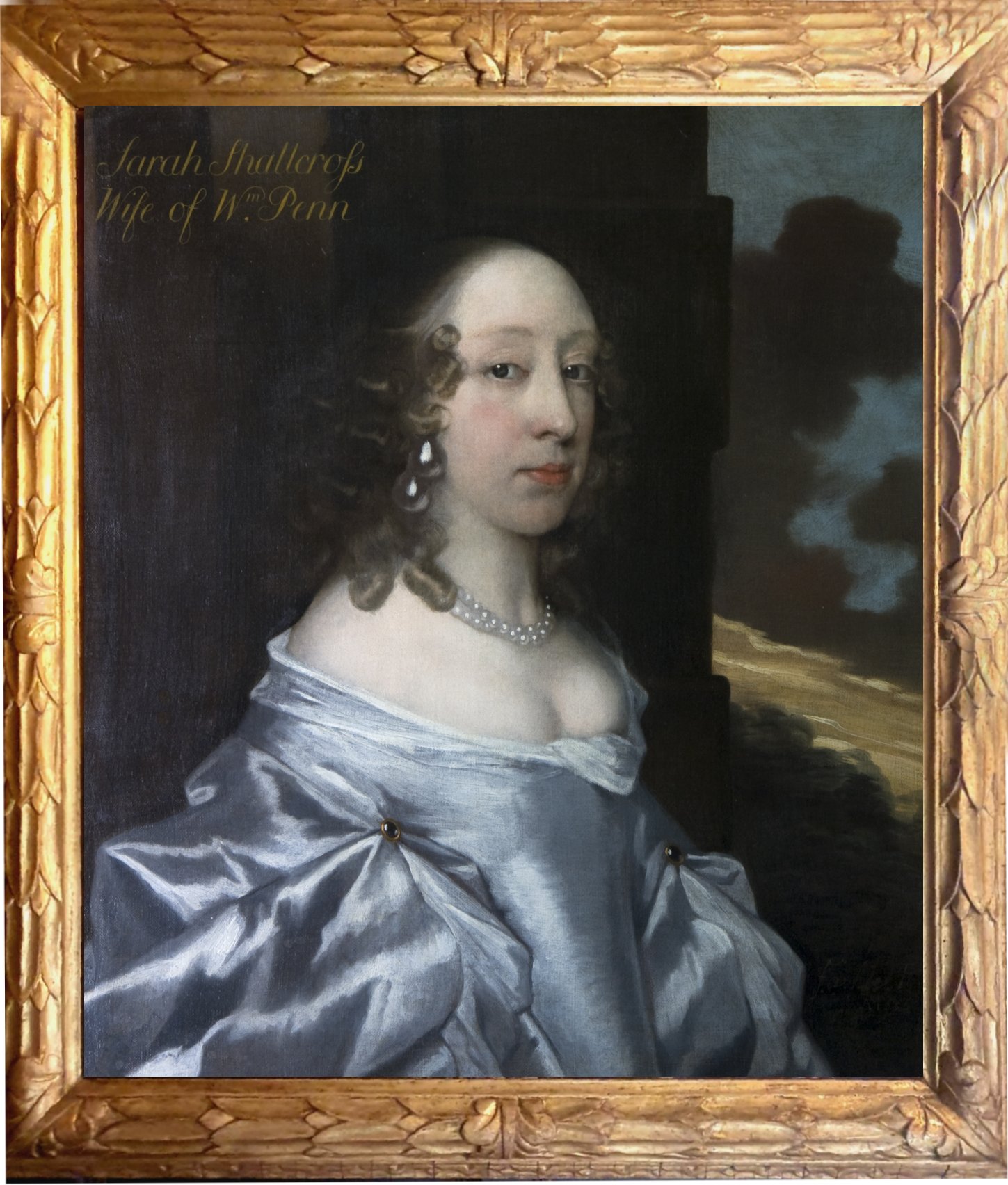
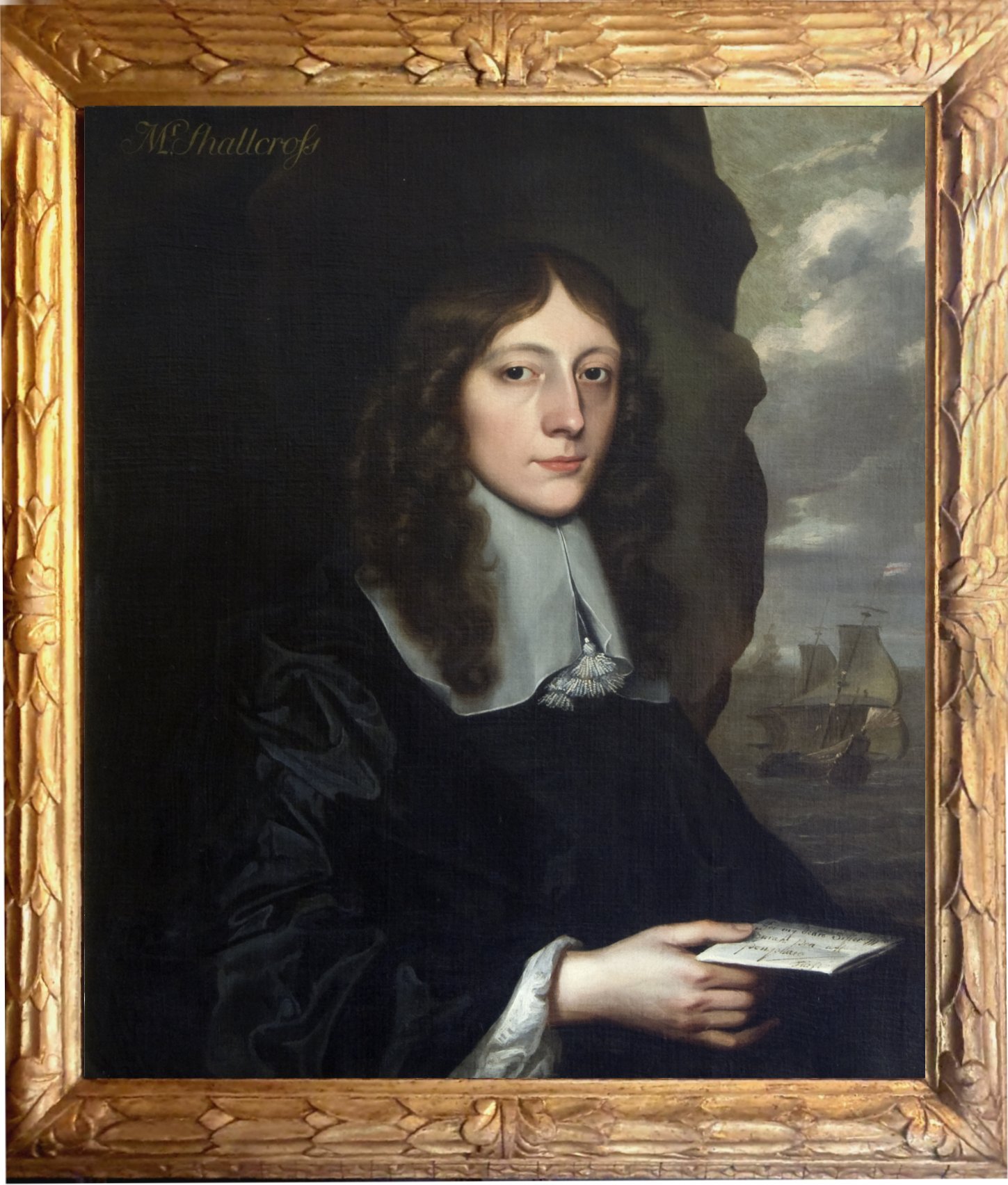
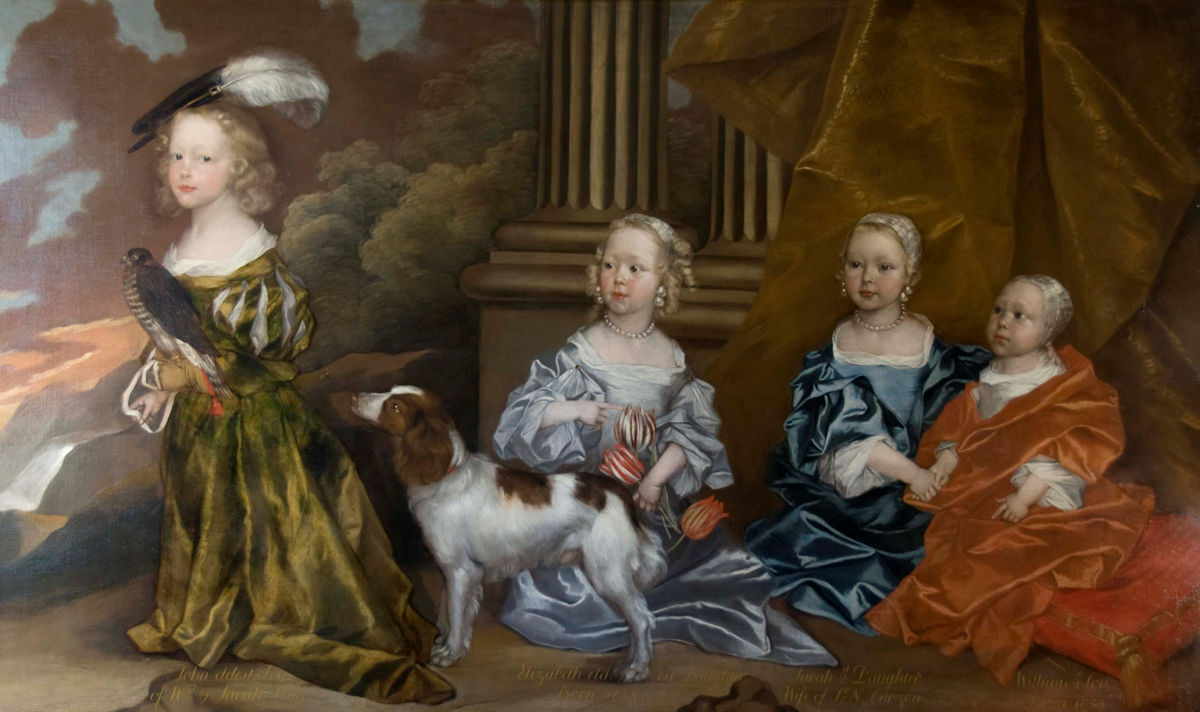
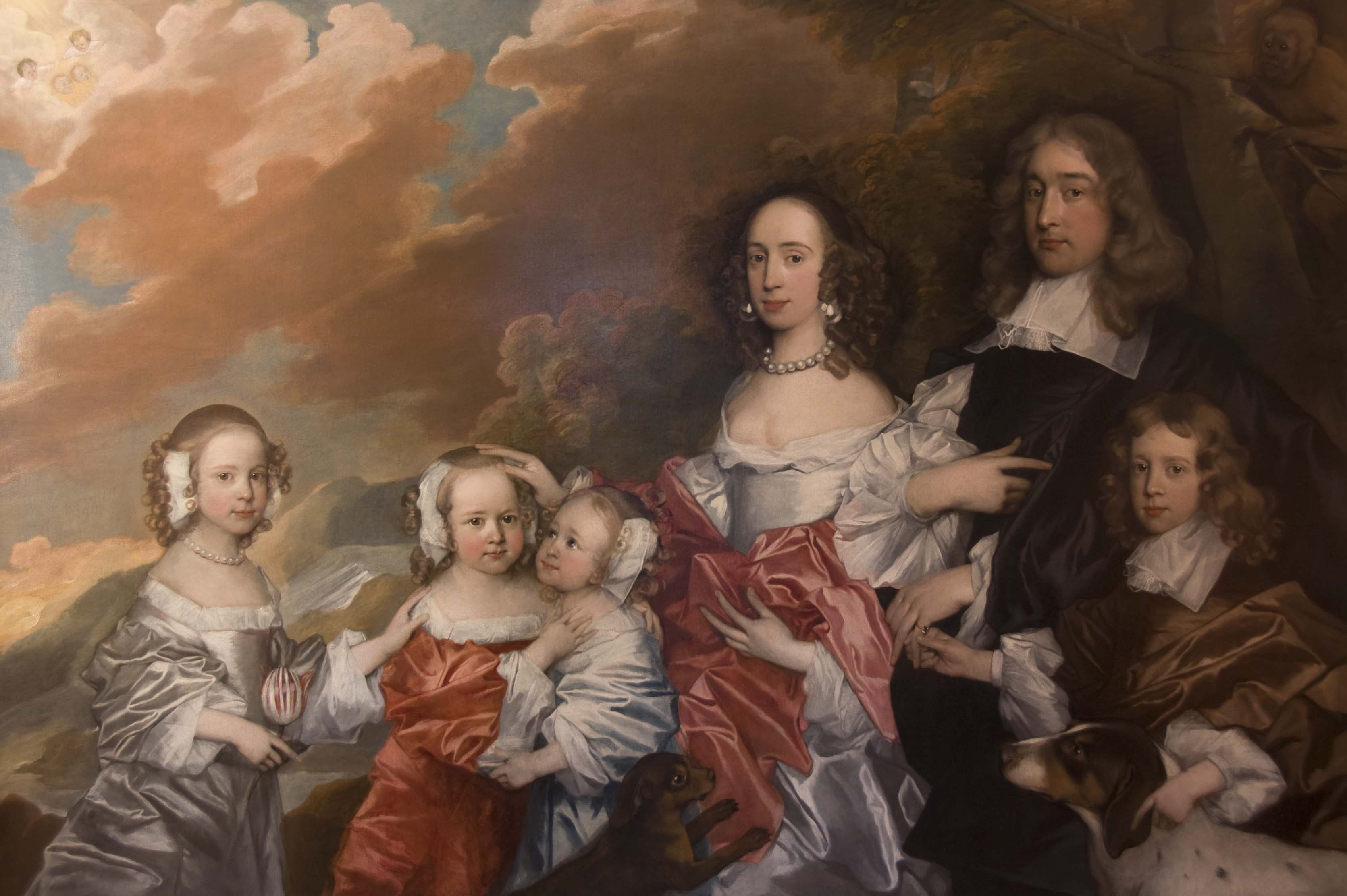
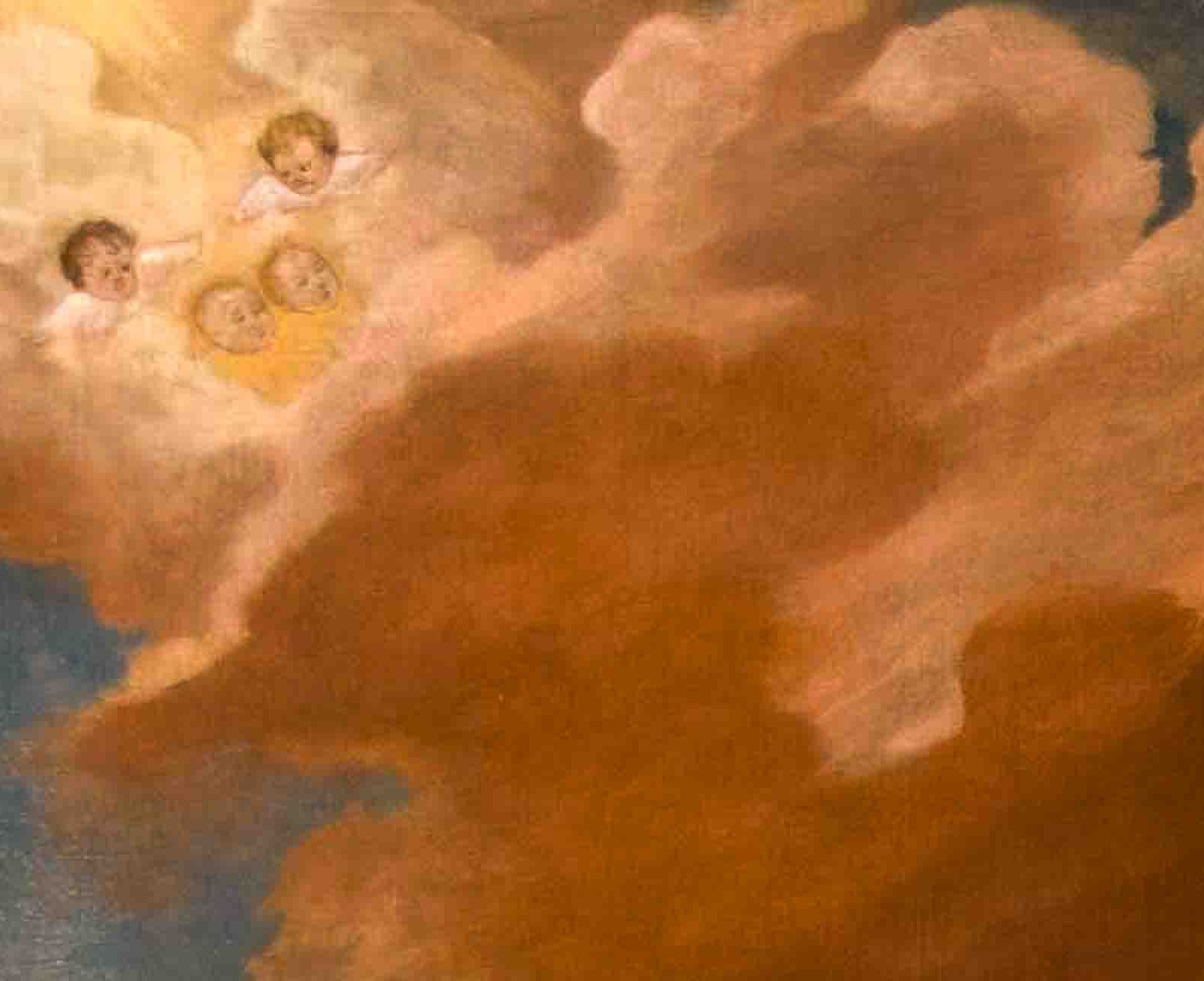
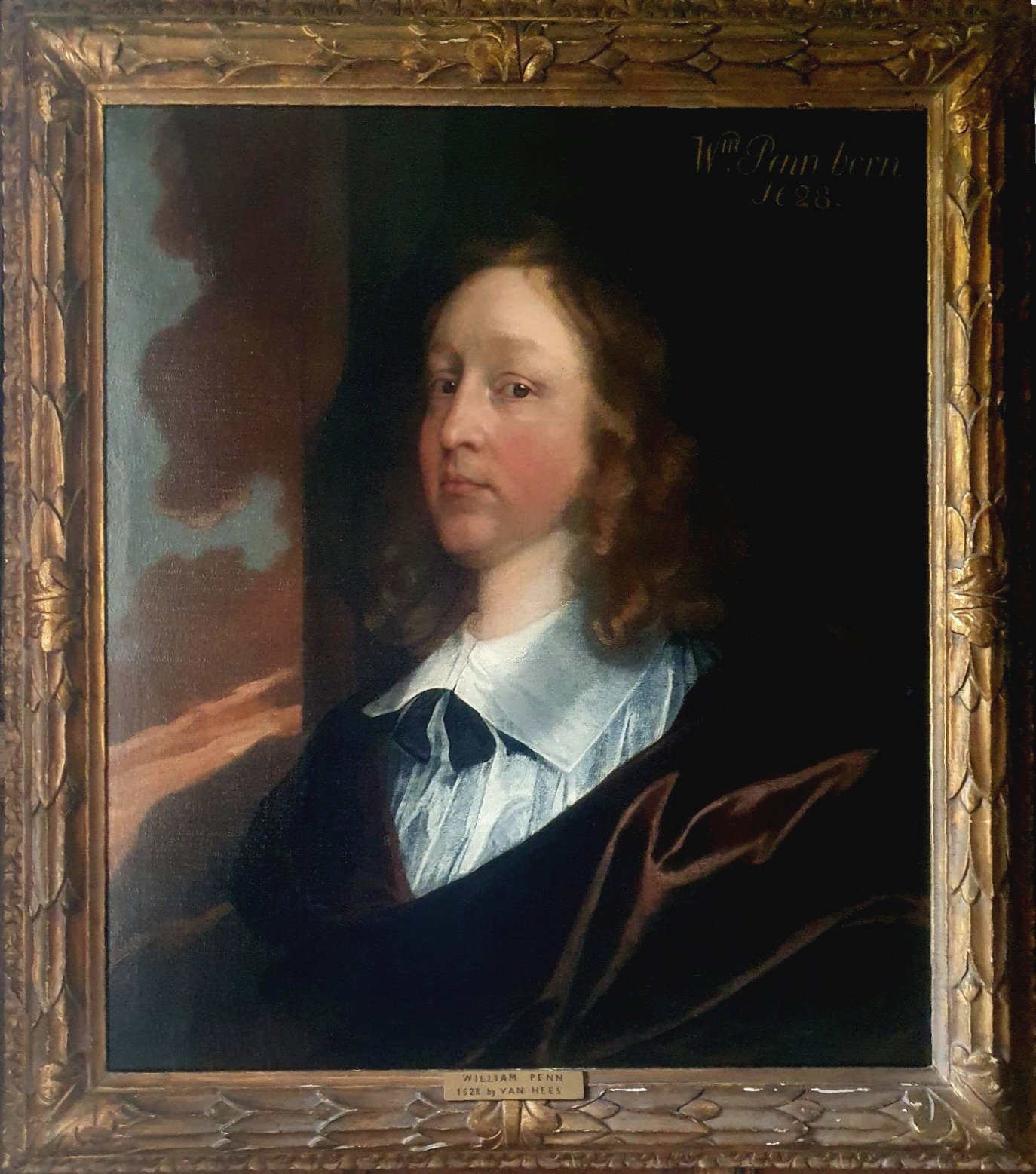 1660 – ‘Brother of William Penn’. This must be Edward, the only brother who survived to adulthood (1639-1708). He would have been 21 in 1660. It is unsigned. He inherited Chalfont House in Chalfont St Peter as well as property in Hedgerley from his mother’s Drury family (see British History) He had one son, Marmaduke. What is taken to be a later portrait of Edward, has the partly erroneous description, “The father of Marmaduke and cosen of William Penn”
1660 – ‘Brother of William Penn’. This must be Edward, the only brother who survived to adulthood (1639-1708). He would have been 21 in 1660. It is unsigned. He inherited Chalfont House in Chalfont St Peter as well as property in Hedgerley from his mother’s Drury family (see British History) He had one son, Marmaduke. What is taken to be a later portrait of Edward, has the partly erroneous description, “The father of Marmaduke and cosen of William Penn”